Introduction:
Dealing with an aggressive dog can be a challenging and concerning experience for any pet owner. Understanding the root causes of aggression and implementing effective strategies to manage and modify this behavior are crucial for the well-being of both the dog and those around them. In this blog post, we’ll explore 10 easy and practical ways to deal with an aggressive dog, fostering a safer and more harmonious relationship.
- Identify the Triggers: The first step in addressing aggression is to identify the triggers. Observe your dog’s behavior to understand what situations or stimuli provoke aggression. This insight is crucial in developing a tailored approach to address specific issues.

- Consult with a Professional Trainer: Enlist the help of a professional dog trainer experienced in handling aggression. Trainers can assess the root causes of aggression, provide guidance on effective training techniques, and offer personalized strategies to manage and modify the behavior.
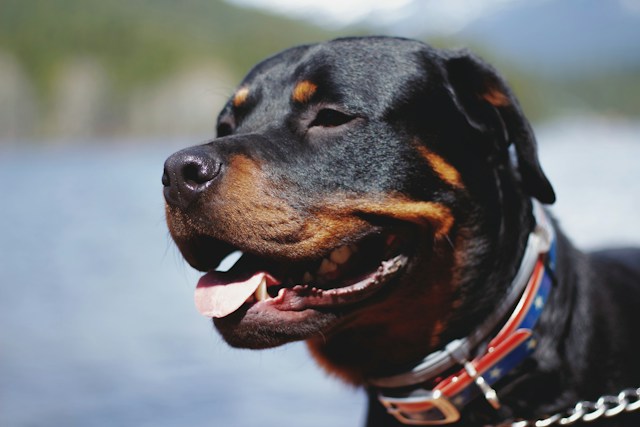
- Create a Safe Space: Establish a designated safe space for your dog where they can retreat and feel secure. This space can be equipped with comfortable bedding, toys, and treats. Having a safe haven provides your dog with an opportunity to decompress and avoid potential triggers.
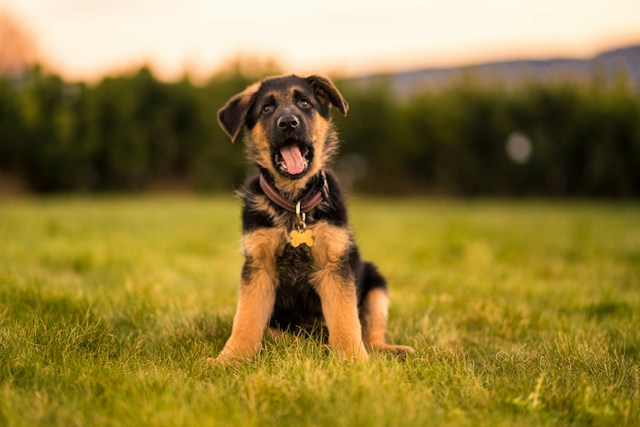
- Use Positive Reinforcement: Positive reinforcement techniques, such as rewarding good behavior with treats or praise, can be powerful tools in modifying aggressive behavior. Encouraging positive actions helps create a more positive association with certain situations.
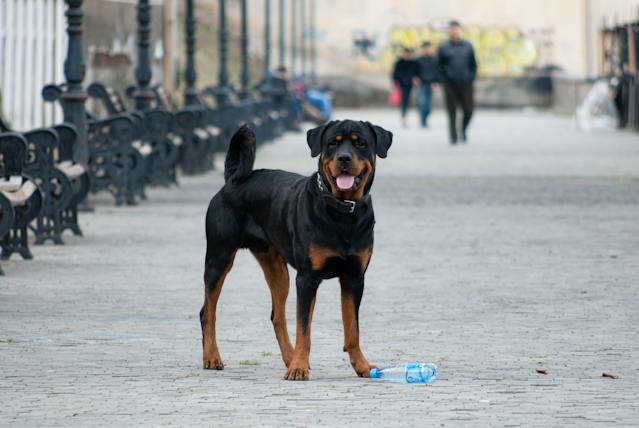
- Implement Obedience Training: Basic obedience training is essential for any dog, particularly for those displaying aggression. Commands like “sit,” “stay,” and “leave it” can be invaluable in redirecting your dog’s attention and maintaining control in potentially problematic situations.
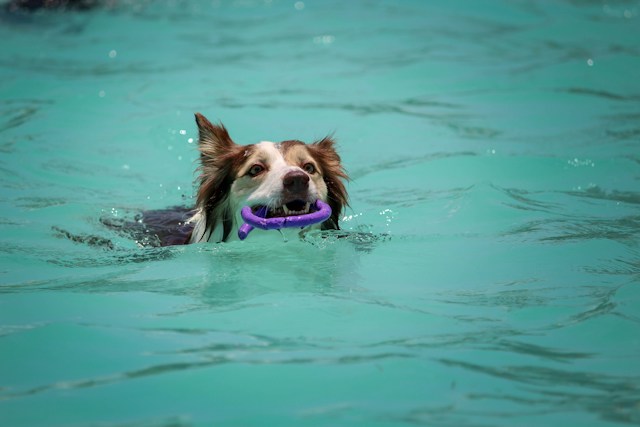
- Avoid Punishment-Based Methods: Avoid resorting to punishment-based methods, as these can exacerbate aggression and damage the bond between you and your dog. Positive reinforcement and redirection are more effective approaches in promoting lasting behavioral change.

- Socialize Gradually: Gradual and controlled socialization can be beneficial for an aggressive dog. Introduce them to new people, animals, and environments in a controlled manner, rewarding calm behavior. This gradual exposure helps desensitize the dog to potential triggers.

- Maintain Consistency: Consistency is key in dealing with an aggressive dog. Establish clear rules and boundaries, and ensure that all family members and caregivers follow the same guidelines. Consistency creates a predictable environment that can contribute to a sense of security for the dog.
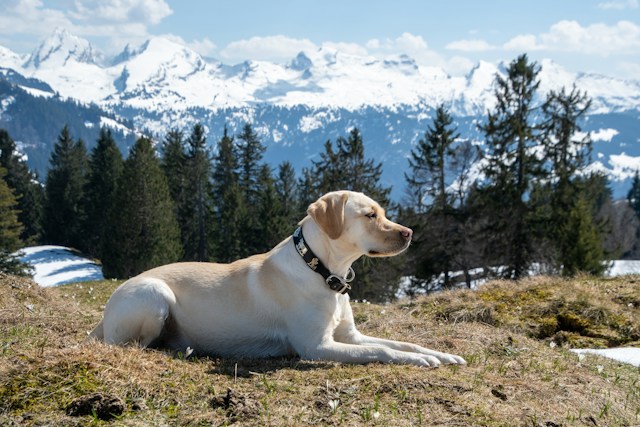
- Use Protective Equipment: When working with an aggressive dog, especially during training sessions, consider using protective equipment such as a muzzle or a head halter. These tools provide an added layer of safety for both you and your dog while allowing for controlled interactions.
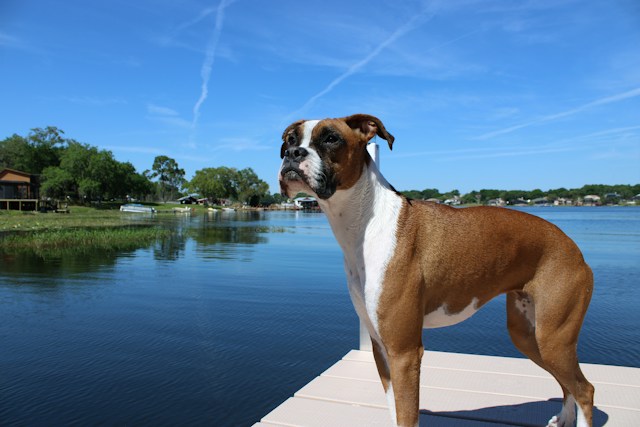
- Seek Veterinary Advice: Aggressive behavior can sometimes be linked to medical issues or pain. Consult with your veterinarian to rule out any underlying health concerns that may be contributing to your dog’s aggression. A thorough examination can inform the appropriate course of action.
Conclusion:
Dealing with an aggressive dog requires patience, understanding, and a commitment to positive behavioral modification. By identifying triggers, seeking professional guidance, and implementing positive reinforcement techniques, you can work towards fostering a safer and more harmonious relationship with your canine companion. Remember, every dog is unique, and tailoring your approach to their individual needs is key to achieving lasting behavioral change.
